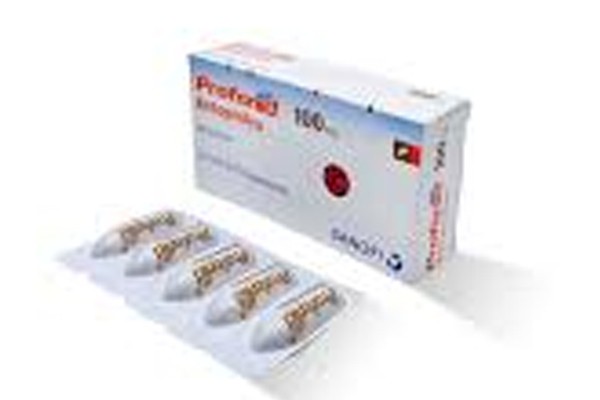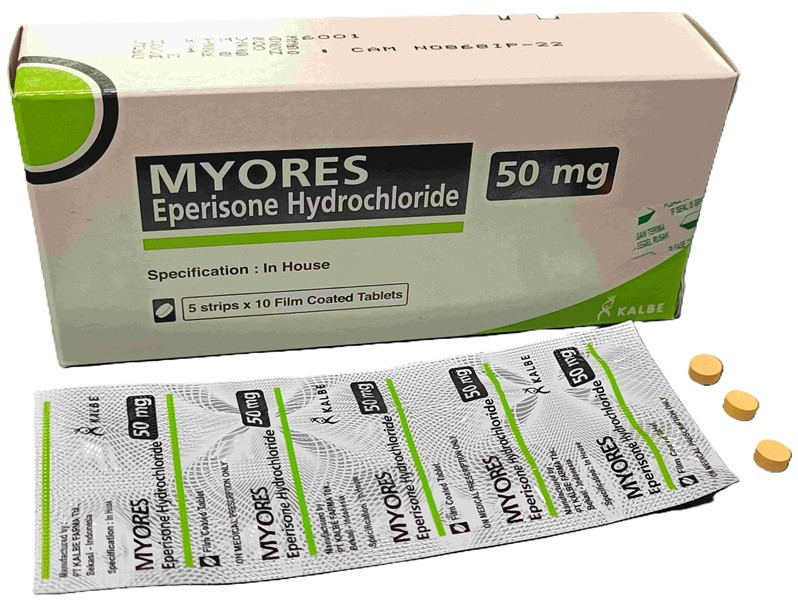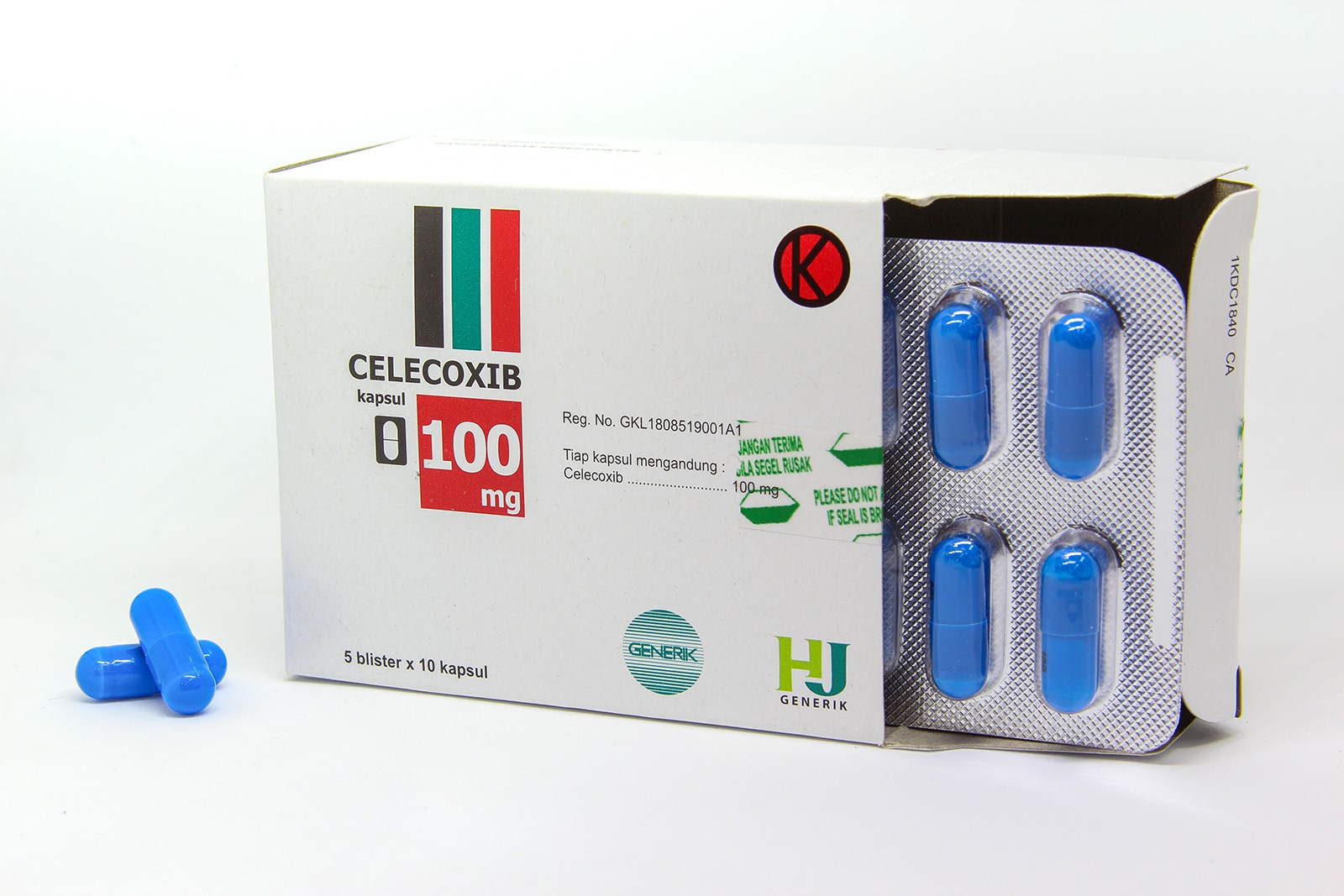Osteopetrosis
Introduction and Facts
The disease was first described by a German radiologist Albers-Schönberg in 1904. Osteopetrosis comes from the Greek, "osteo" meaning bone and "petros" meaning stone. Osteopetrosis is also known as “marble bone disease” and “Albers-Schönberg disease”.
Osteopetrosis is a very rare disease in the group of inherited hereditary metabolic skeletal disorders that are usually not associated with sex links, with manifestations of increased bone mass and density resulting from an imbalance between bone formation and impaired bone absorption by osteoclasts with general cortical sclerosis and characterized by thickening of the bone—trabeculae resulting in compression of the bone marrow space, resulting in suppression of hemopoiesis and skeletal deformities.
In adults, osteopetrosis occurs in 1 in 20,000 population and is found between the ages of 20-40 years, while malignant can happen between 1 in 100,000-500,000 births. The malignant type is diagnosed as soon as the baby is born.
Pathophysiology
The exact cause of osteopetrosis is unknown; it is suspected that there is damage to the function of rebuilding standard bone matrices. Increased bone density generally appears at birth and even while still in the uterus. The reabsorption process fails, while the osteoblasts continue to place the similar bone in the area; The cortex, spongiosa, medulla cavity, and metaphyseal area can temporarily disappear, resulting in an accumulation of bone formation and can be seen as an image of bone within the bone (bone within bone = endobone). Due to the absence of bone reabsorption, there is also suppression of the cranial nervous system and bone marrow damage to the bone medulla.
Another more specific thing is the decreased function of osteoclast cells, which cannot reabsorb minerals and bone matrix. At the same time, the organic matrix in the formation of new bone is needed to provide additional strength to the bones. As a result, fractures in osteopetrosis sufferers are uncomplicated.
In some cases, especially the infantile form of osteopetrosis, there is a deficiency in carbonic anhydrase II, a proteolytic enzyme. This enzyme functions to cause an acidic atmosphere. The lack of this enzyme causes an acidic environment not to form, so it cannot help the resorption process by osteoclasts.
Clinical Features and Complications
1) Autosomal Recessive Osteopetrosis (ARO)/Malignant
ARO is a life-threatening condition, with classic manifestations of how many months of life. The percentage under one year of age rarely survives more than two years. Increased bone density on x-rays does not reflect bone strength; it makes bones weaker, resulting in increased chances of fracture and osteomyelitis. Longitudinal bone growth is also impaired, giving a short stature picture of varying size. Macrocephaly and impaired frontal bone formation in the first lifetime result in the facial features typical of people with osteopetrosis. Changes in the skull bones result in choanal stenosis and hydrocephalus. Blindness, deafness, and other nerve problems in the head, the bone that extends beyond the cranial foramen, causes the foramen to become smaller and compress the nervous system. Hearing loss is estimated to affect 78% of individuals who have ARO. Tooth eruption and a lot of caries on the teeth are typical in patients. Children with ARO are at risk for hypocalcemia with a tendency to seizures and hyperparathyroidism. The most severe of ARO is compression of the spinal cord. Abnormal bone growth interferes with hematopoiesis, thus posing a direct threat of pancytopenia and secondary expansion to extramedullary hematopoiesis sites such as the liver and spleen so that the spleen and liver enlarge.
2) Intermediate Recessive Osteopetrosis (IRO)
It may be inherited in a dominant or recessive manner. This intermediate osteopetrosis has severe clinical symptoms; the severity and time of clinical signs are heterogeneous. Age presentation ranged from 1-10 years. This form of IRO is associated with cerebral calcification and renal tubular acidosis due to mutations of the carbonic anhydrase (CaII) gene. Mental retardation is frequent in these patients. Other characteristics of IRO are characterized by mild sclerosis, short stature, and fractures.
3) Autosomal Dominant Osteopetrosis (ADO)/Benign
ADO typically has late-onset in childhood or adulthood, with 50% of patients being asymptomatic. The classic picture is the “vertebrae sandwich”. Increased bone density causes the failure of primitive chondro-osteoid resorption to no longer to be occupied by normal bone. Bones become calcified and sometimes brittle, causing repeated fractures, especially in long bones that sometimes cannot be treated. Although the bones are dense but weak, the healing process occurs typically with sufficient callus formation.
The main complication is the entanglement of the bones, including fractures, scoliosis, HIP osteoarthritis, and osteomyelitis, which can also interfere with the mandibular bone resulting in abscesses or dental caries. Cranial nerve compression is very rare but a critical complication to note; it can cause hearing and vision impairment in 5% of ADO individuals.
Diagnosis
The diagnosis of osteopetrosis is based on clinical symptoms and is highly dependent on radiological features of the bone. An osteopetrosis is a group of symptoms that vary from asymptomatic to fatal in infants. The severe form is inherited in an autosomal recessive manner, and the milder form is in young adults and is inherited in an autosomal dominant manner.
Laboratory tests do not help much in the diagnosis of osteopetrosis but help detect complications. A dangerous complication is the suppression of the bone marrow, thereby interfering with the formation of blood (hematopoiesis), so laboratory examinations reveal a decrease in the value of blood cells or pancytopenia.
Conventional radiology. A visible increase in density and thickness in long bones, especially in the metaphysis, can be seen in the uterus.
Computed Tomography. This modality is rarely used for the diagnosis of osteopetrosis. With this modality, only extramedullary hematopoiesis and severe cortical thickening can be found.
Magnetic Resonance Imaging (MRI). In diagnosing osteopetrosis, MRI is rarely used. The density of bone is strongly correlated with decreased signaling on T1 and T2-weighted images. Sites where residual marrow was present, showed intermediate to high T2 and decreased T1-weighted signals that matched the hematopoietic marrow.
Nuclear Medicine. In nuclear medicine image using Tc-99m Sulfur colloid. In ARO patients undergoing interferon-gamma and calcitriol, parts of the bone marrow should also be observed. At age < 1 year, marrow activity is at the skull base and end of long bones, and in children aged 3-5 years, marrow activity changes to the calvaria and diaphysis.
Anatomical Pathology Examination
Changes in the bone cause resorption failure of the hardened cartilage due to calcification. This process is normally carried out by mature bone. The osteoid layer extends around the cartilage, resembling a nest with the cartilage as the core. Osteoids will accumulate and block from the bone marrow; this will cause the metaphysis to become wider.
Management and Treatment
Since the hematologic origin of osteoclasts is known, the disease is treated with Haematopoietic Stem Cell Transplantation (HSCT), which is successful in most cases but does not provide a full recovery of the phenotype. This approach is used in ARO therapy, with >50% graft success and some undesirable effects, including progressive nerve damage with visual defects.
Pharmacologic therapy with corticosteroids, vitamin D, and calcium, PTH, or gamma-interferon supplements are inconsistent and generally cannot replace HSCT, with very few exceptions. Prednisone orally increases the blood count and platelet count in anemic patients to slow down the breakdown of blood cells.
Good nutrition is essential to ensure the average growth and development of children with osteopetrosis. ADO therapy is generally based on an empirical approach. There are no appropriate guidelines, and patients are usually treated symptomatically. The treatment given is only supportive and improves the quality of life, symptomatic therapy, and the management of complications.
Reference:
Nelwan DA. Osteopetrosis [Internet]. 2017 [cited 2021 28]. Available from: http://digilib.unhas.ac.id/uploaded_files/temporary/DigitalCollection/ZTY3MWMzOWQ5YzUxNzNkNzFlNzUyYzgzOWNiM2RhNWU2YzkzYjJkZA==.pdf
























